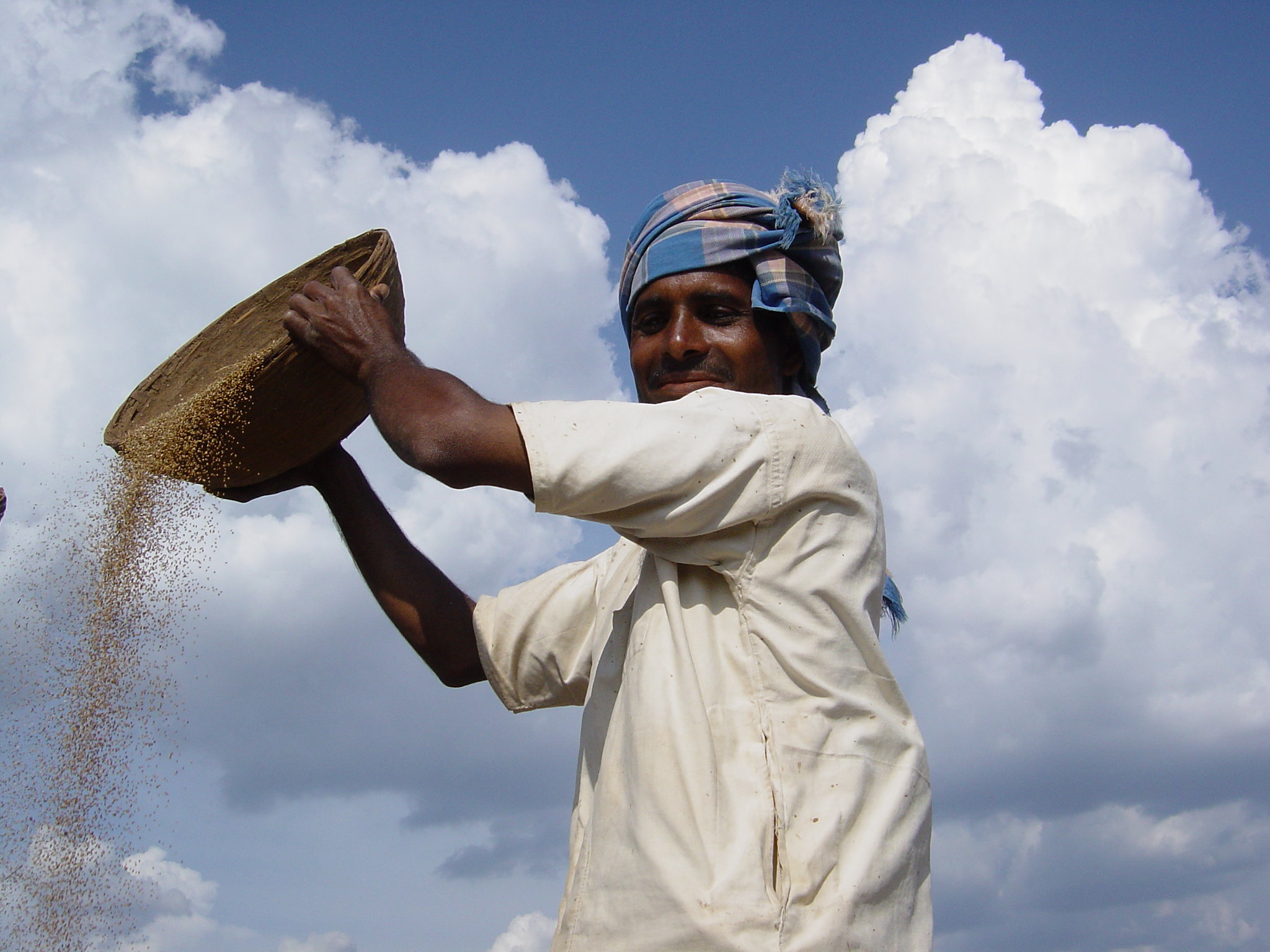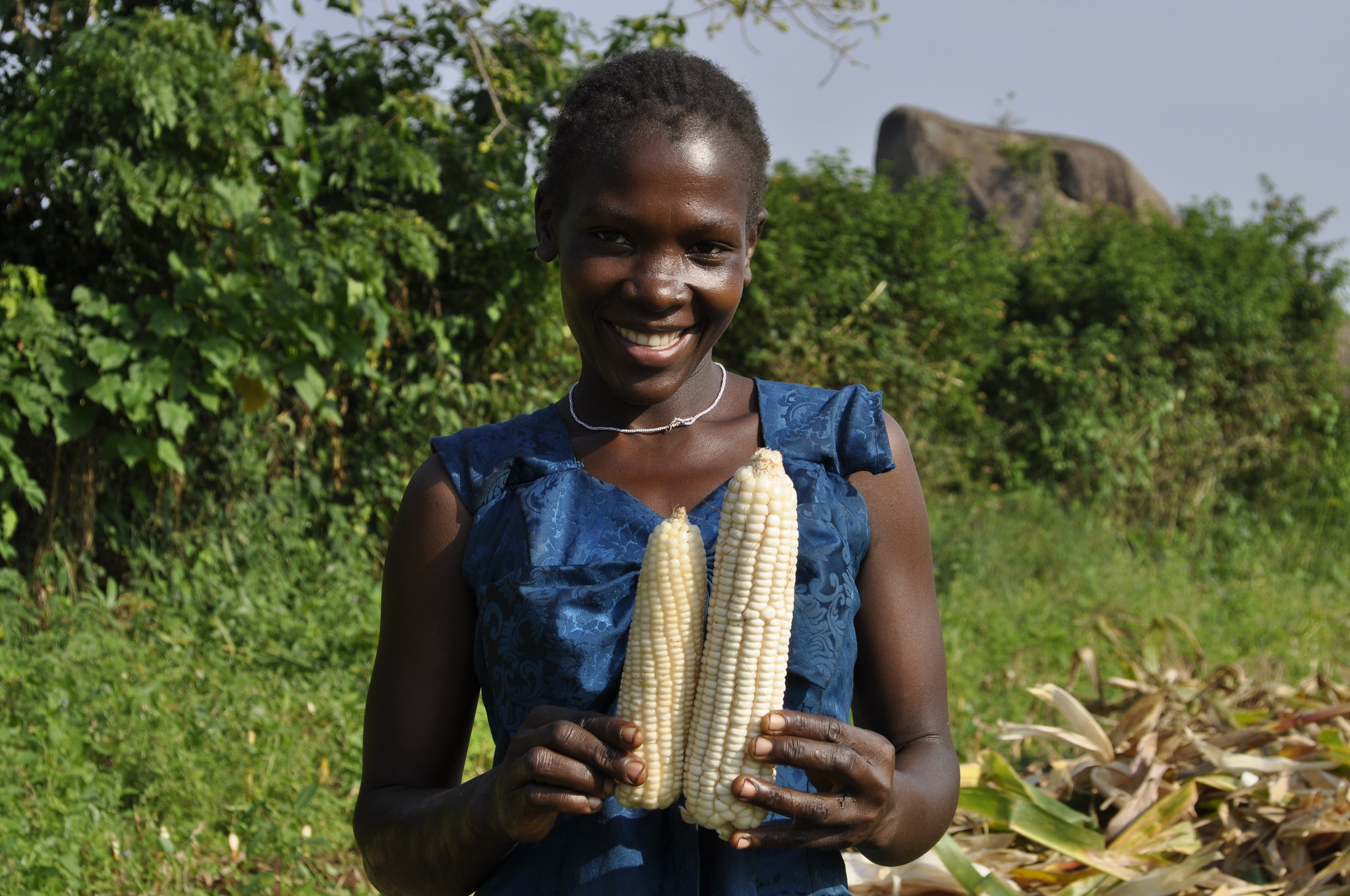Oliver Camp, an innovation specialist focused on nutrition, health, wellness, and sustainability, examines how empowering smallholders can help tackle our most pressing global challenges.
The multiple pressures on farmers, especially smallholders, are almost unfathomable. They are to provide nutritious foods for billions of people while increasing yields and quality; act as stewards of the land and waters; adopt sustainable production practices and optimise the use of inputs; and tackle food loss and waste, even in the absence of proper agro-processing infrastructure, by improving post-harvest handling, storage and transportation.
This is an almighty burden of responsibility. And yet, smallholder farmers are the key to achieving some of the most essential ambitions of the international community and national governments. The reliable supply of nutritious foods is the only way to reverse the triple burden of malnutrition. Changes to production practices and a reduction in food loss and waste will be essential if we are to mitigate climate change. And, from an economic standpoint, many countries depend on the food production for export to strengthen their economies and create livelihoods.
Scaling existing solutions
Farmers are at the whim of climate change, with unpredictable weather threatening the success of every harvest. And yet, farmers are able to rise to this challenge. Their innovation and ingenuity are creating impact already – impact that must scale if we are to achieve collective goals.
Farmers can choose to produce food appropriate for the local environment, for example by turning to indigenous and traditional crops, especially those with good nutritional properties. In parts of Africa, such as Senegal and Niger, groups of farmers are rekindling millet production, unlocking its multiple benefits as a staple food. One project in Niger focused on small-scale production of this indigenous crop and reached over 20,000 people in 28 villages with this nutritious food. Scaled across countries, regions and continents, the positive impacts of such projects can multiply exponentially.
Across South America, Africa and Asia, farmers are turning to novel crop varieties that can offer improved nutritional properties (in the case of biofortified crops) or greater resilience to pests, drought, and extreme weather events. The partnership between the Global Alliance for Improved Nutrition and HarvestPlus on the commercialisation of biofortified crops is the perfect example of how the multiple benefits can compound. In one project, the two organisations and the Grameen Foundation of India have joined forces to raise awareness and train female agripreneurs in production and handling of biofortified crops, benefitting health and nutrition, jobs and livelihoods, poverty alleviation and female empowerment.

Indian farmer winnowing millet. Photo credit: Bioversity International S. Padulosi
Mobilising to support smallholders
If farmers are to undertake the huge task of producing nutritious, sustainable foods for billions of people, while also creating wealth and driving economic growth, then they deserve equally strong efforts from partners across industry, government and civil society. In particular, the international community and national governments must mobilise around three key areas:
First, smallholders need financial support. Farmers need access to credit to pay for inputs and other costs to help them ensure productivity. Along the same lines, they need fair prices to reward them for their work. In addition, insurance products that de-risk this hugely risky enterprise must be made available and accessible. In short, smallholder farmers need to be included in the economic prosperity generated by the agricultural commodity trade.
Secondly, there is a need to expand training and technical assistance. Farmers know best how to farm and how to tend to their land, but new research constantly highlights opportunities to further enhance efficiency, quality, yields, use of water, fertilisers and pesticides, and means to tackle food loss, diseases and pests. These methods and the associated technologies and equipment must reach the people on the front lines, such as through extension services or other dedicated mechanisms.
Finally, behaviour change is crucial to improving nutrition and health among smallholders. Despite producing nutritious foods, farmers often sell their produce and spend the income on filling – but less nutritious – staple foods. On recent travels to Uganda, one local NGO leader put it this way: “When you’re a producer of nutritious foods, the first customer must be your stomach.” With increased awareness, there is every reason to hope that these farmer-miracle-workers will stand first in line to enjoy the health benefits of their work.
In this essential year for the Decade of Action on Nutrition, we must accelerate efforts to work directly with farmers, through new and existing structures – associations, cooperatives, networks, extension agents and community groups – to include them in this process of creating change. Organisations like WeFarm and One Acre Fund continue to connect farmers even at the smallest scale, which is essential if we are to empower them with the inputs, tools and resources that will improve their practices and prosperity.

Razoa, a farmer working with One Acre Fund, compares her maize to the cob of a neighbour, whose maize kernels are smaller. Photo credit: One Acre Fund
Meanwhile, governments and businesses must embrace the current energy around food systems – generated at the UN Food Systems Summit, COP26 and Nutrition for Growth, among other engagements – to strengthen commitments to support this change.
This will require a modern-day miracle: the feeding of the 10 billion people. These miracle-workers in the fields can achieve that. But only with the support and shared commitment that they deserve.
Header image photo credit: ICRISAT.



